Overview
This piece1, (Scottish readers will get that pun) is about what I have learned to use and enjoy from over thirty years of Backpacking and Bikepacking. I hope that readers find that it is about varied, enjoyable and sustainable eating; it is certainly not about the science of food and nutrition.
First of all I have categorized types of food depending on whether you have a stove or not then discussed how to plan meals based on the duration of your trip, eg. a day hike in the mountains or a two month ride down the Great Divide. Storage of your food is considered next with the importance of sustainability and packaging a major factor then finally our 7 Favorite Backpacking/Bikepacking Foods.

Types of food
- Food that is ready to eat which could be fresh, bought from a store or prepared at home, eg. sandwich from a store, or some filled wraps made before you leave and of course fruit.
- Food that only requires to be heated up or have boiling water added, eg. leftover stew from home, or instant packet soup.
- Food that requires some sort of preparation, eg. fry some vegetables or even bacon.

How to plan meals
1. Day trips
Most likely you are not going to be concerned about weight or carrying a stove. Instead carry some trail snacks, or even plan on supporting local cafes and stores by stopping there on the way if you know of their existence. Make it fun for your companions by agreeing to bring something new to share. You are only out for a day and it will not be disastrous if you don’t like how it tastes.
When I used to be guiding in the mountains for back to back days I really made the effort to get away from Snicker bars and flapjack I certainly found that changing some of my food for day trips helped to keep things different.
Get some interesting salads in that sandwich, or perhaps try a different brand of bar for a change. You might even decide to make your own trail food such as these excellent energy bites inspired by Cass Gilbert.
2. An overnighter
Similar to a day trip but perhaps with an evening meal, breakfast and a stove to prepare them on. A leftover dinner carried in a sealable bag, or plastic tub could quickly be reheated on your stove and served with wraps. If you are careful and the bag is suitable you could heat the main part of the meal in the bag to reduce cleaning up. Breakfast could be cold-soaked porridge along with fresh coffee from a JavaDrip or an Aeropress for a little style.
This has proved to be a great formula for me and my friends on our midweek lunar adventures. Also a great way to make use of those almost empty butane canisters that seem to collect in the garage!
3. A multi-day trip, eg. 3 or 4 days
Ok so we have now upped the commitment level on a multi-day trip. Perhaps not the trip to be experimenting too much, or playing gas-roulette. Time to draw upon your own and your companions' experiences about what works for you.
First evening and perhaps morning fresh food will work, eg. some pre-cooked sauce from home with beef jerky and powdered Idaho potato for dinner and bacon on bread rolls for breakfast. This will certainly kick start your trip with two fresh, tasty meals.
For the rest of the trip you are probably going to be eating trail snacks during the day, eg. 4 bars per day with a piece of fruit each day or so. Dinners are now most likely packets of flavored pasta or couscous with some onion or garlic. Weigh out the granola or porridge for 4 days, add some powdered milk and put it in a double sealed bag. Squeeze in some packets of instant soup and noodles/ramen too.
When packing for your trip take care with the food grid and actually check that each day has been provided for. Don’t mess with nearly empty butane canisters, bring a small and a medium.
If you are hiking or biking through a town, or a known eating establishment this will provide a welcome change, however think about what you will do if they are closed when you get there. Also keep an eye out for farmers honesty boxes at the end of their drive. This summer I feasted on fresh, local brocoli, yellow courgettes, gooseberries and blackcurrants.
4. A ‘mega’ multi-day trip which is weeks, or months long
So far I have only been lucky enough to do this twice, each time on a bikepacking trip. Things are something of a variation on the multi-day trip, eg. 3 or 4 days with resupply. How much you carry depends upon the distance between resupply points. Some long or ultra distance folks post a box ahead. Another consideration is carrying ingredients to make your own chapati/flatbread from flour, oil and salt. Foraging might be worth learning about too.

Storage
- In own wrapper or skin, eg. trail bars, noodles or fruit in its own skin
- In a beeswax cloth, sandwich wrap or bandana for sandwiches/wraps that you have made
- In dropper bottles or tubes, I used a dropper bottle recently for cooking oil and a squeezable tube for tomato puree.
- In odor-proof barrier bags such as Loksak Opsak, eg. fresh veg or fruit that you get on the trail.
- In plastic tubs as described for the overnighter above.
- In a food flask such as a Klean Kanteen. Ask to have smaller portions put in it. Refuse to buy food in single use containers. I even do this at our school canteen for soup, or pasta at lunch.
- In bear resistant food sacks/bags such as Ursack Major

Our favorite foods
- Homemade trail bites which were originally inspired by Cass Gilbert, @whileoutriding
- Instant noodles for when you are so tired all you want to do is pitch your shelter, boil some water on your stove, add it to the noodles, let them soften and guzzle down something tasty, salty with plenty of liquid before you crash out for half an hour!
- Hard cured sausage, chorizo or beef jerky as a trail snack during the day, or an addition to your evening meal.
- Natural energy bars and nut butters from @outdoorprovisions
- Oats with dried fruit such as cranberry, pineapple or dates mixed in with some powdered milk for a simple cold soak overnight before enjoying breakfast the next day. In Grantown on Spey where I live we are so lucky to have @Fiona’s Wholefoods & Refills where you can buy these sorts of ingredients from a family run shop who really care.
- Some leftovers from home for a little luxury on the first day.
- Jelly Babies.

Conclusion
Perhaps this has been about what you eat already, if so it would be great to hear what you could add to make this even better. For some folk this might have inspired you to change what you eat when Backpacking/Bikepacking little by little just as I did. I would love to hear what others do on the longer journeys. If this is new to you try things out first. Perhaps at home, at work then on an overnighter with friends. You will then have the confidence to hit the trails with varied, enjoyable and sustainable food.
- A ‘piece’ is generally a sandwich, regardless of filling. What the English might know as a ‘cheese butty’ is known in Scotland as a ‘cheese piece’ for example.


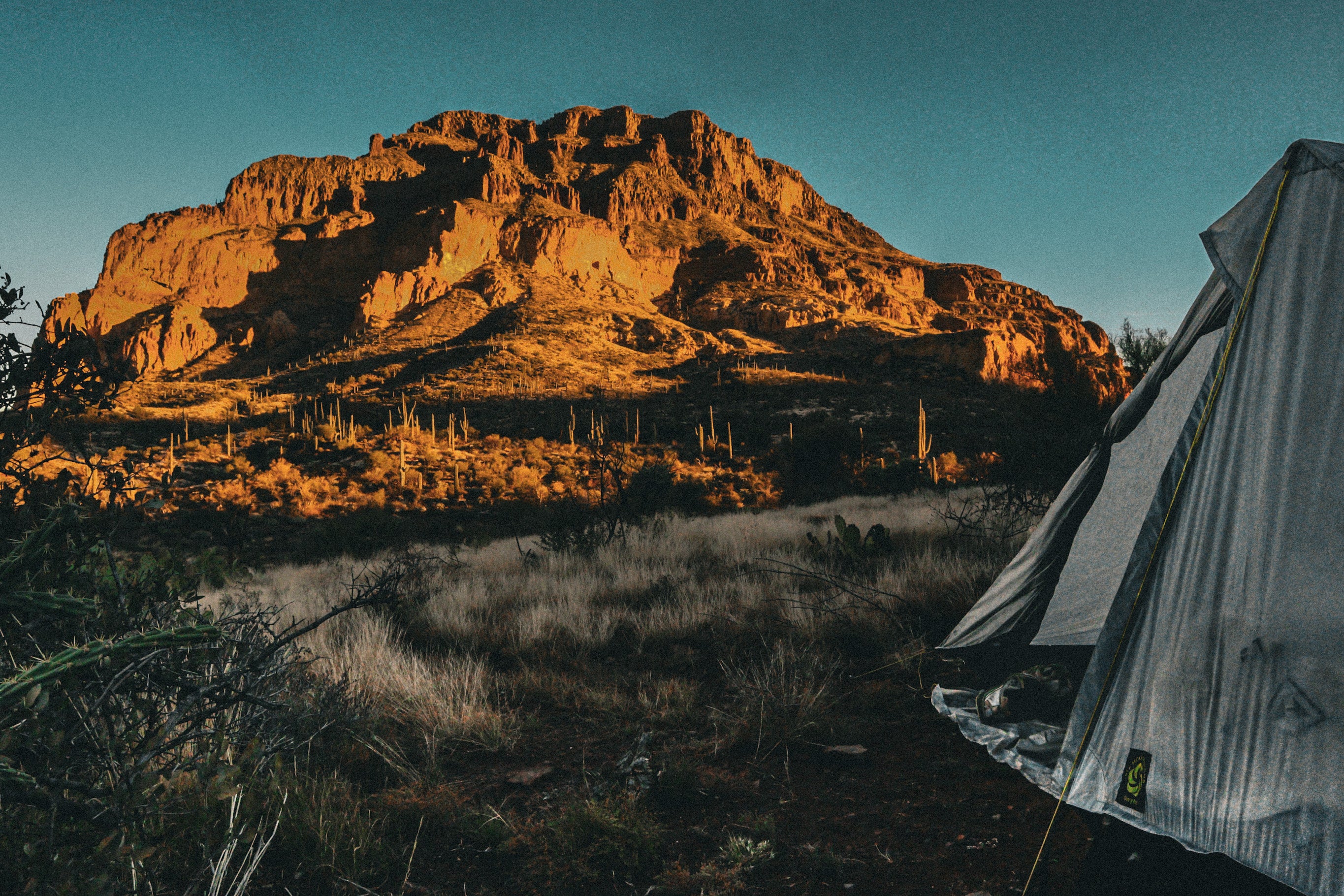
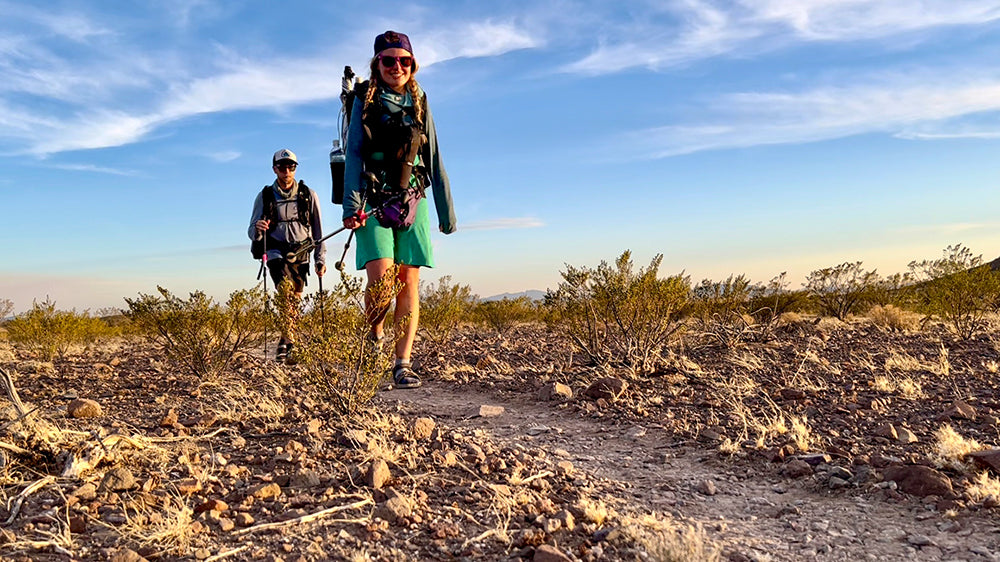
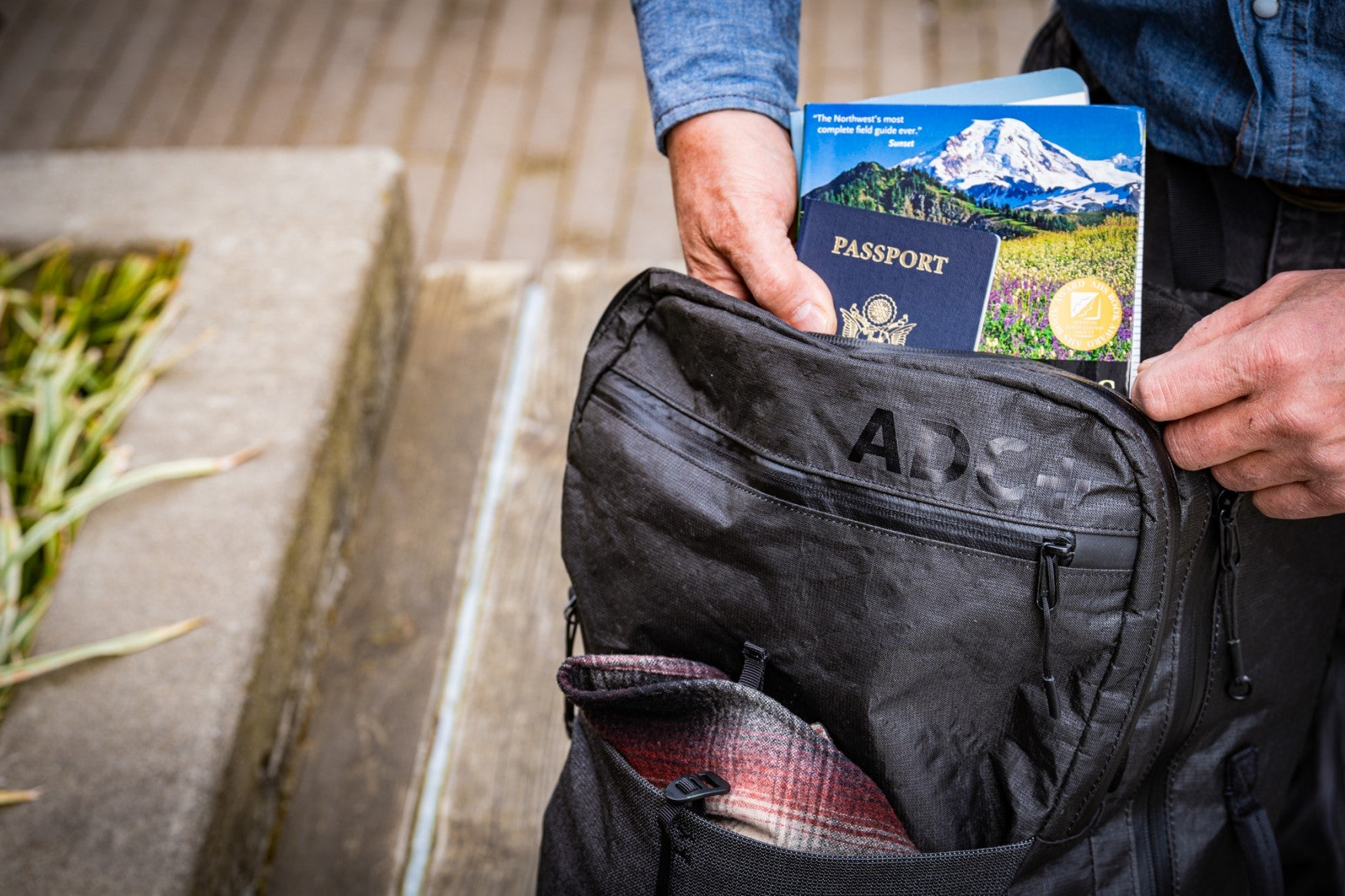
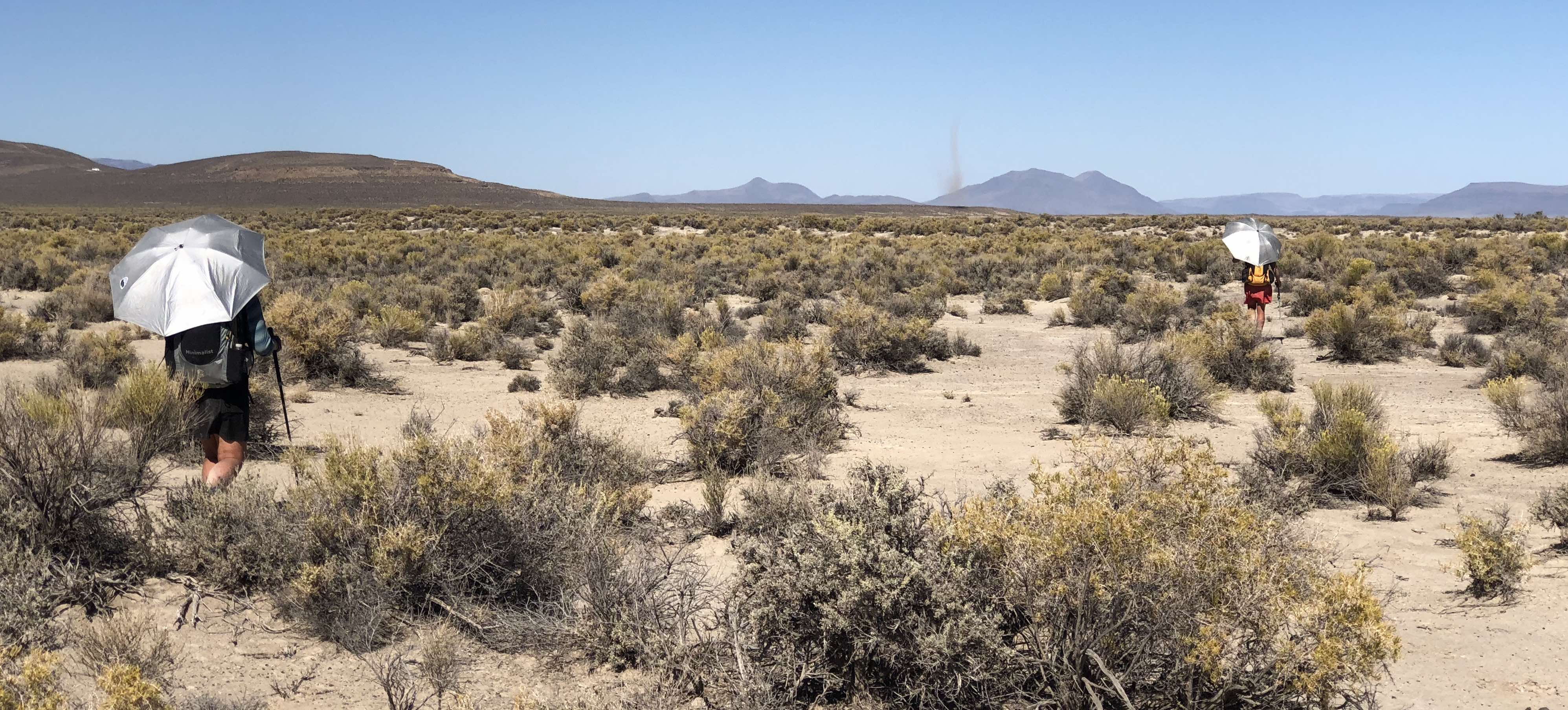
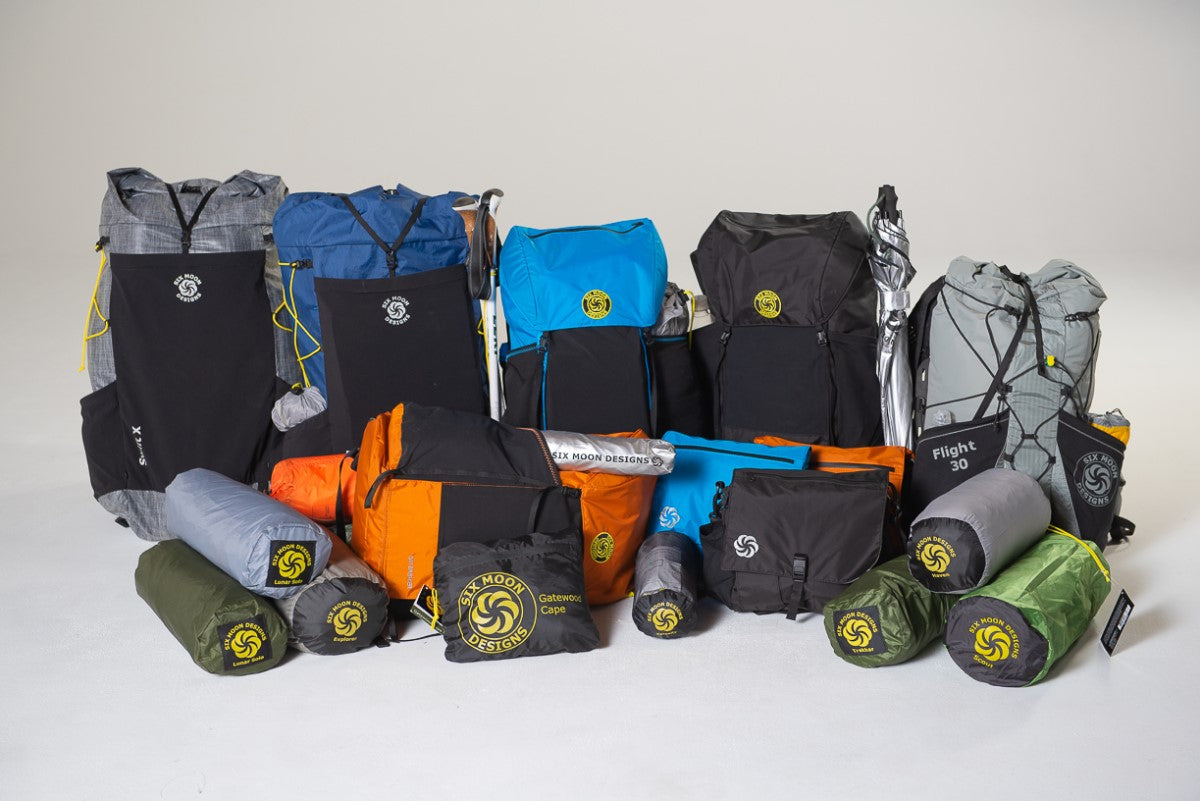
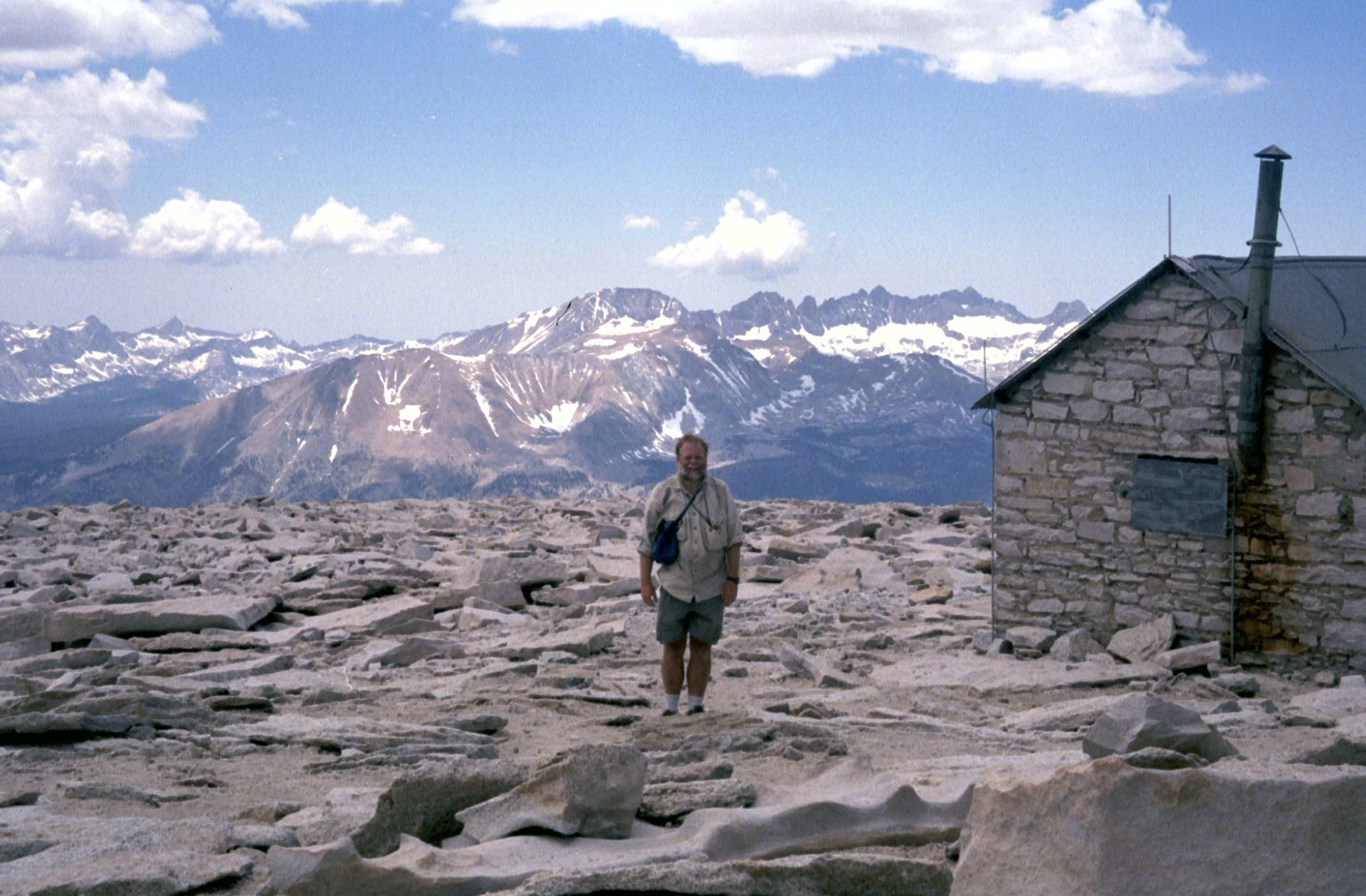

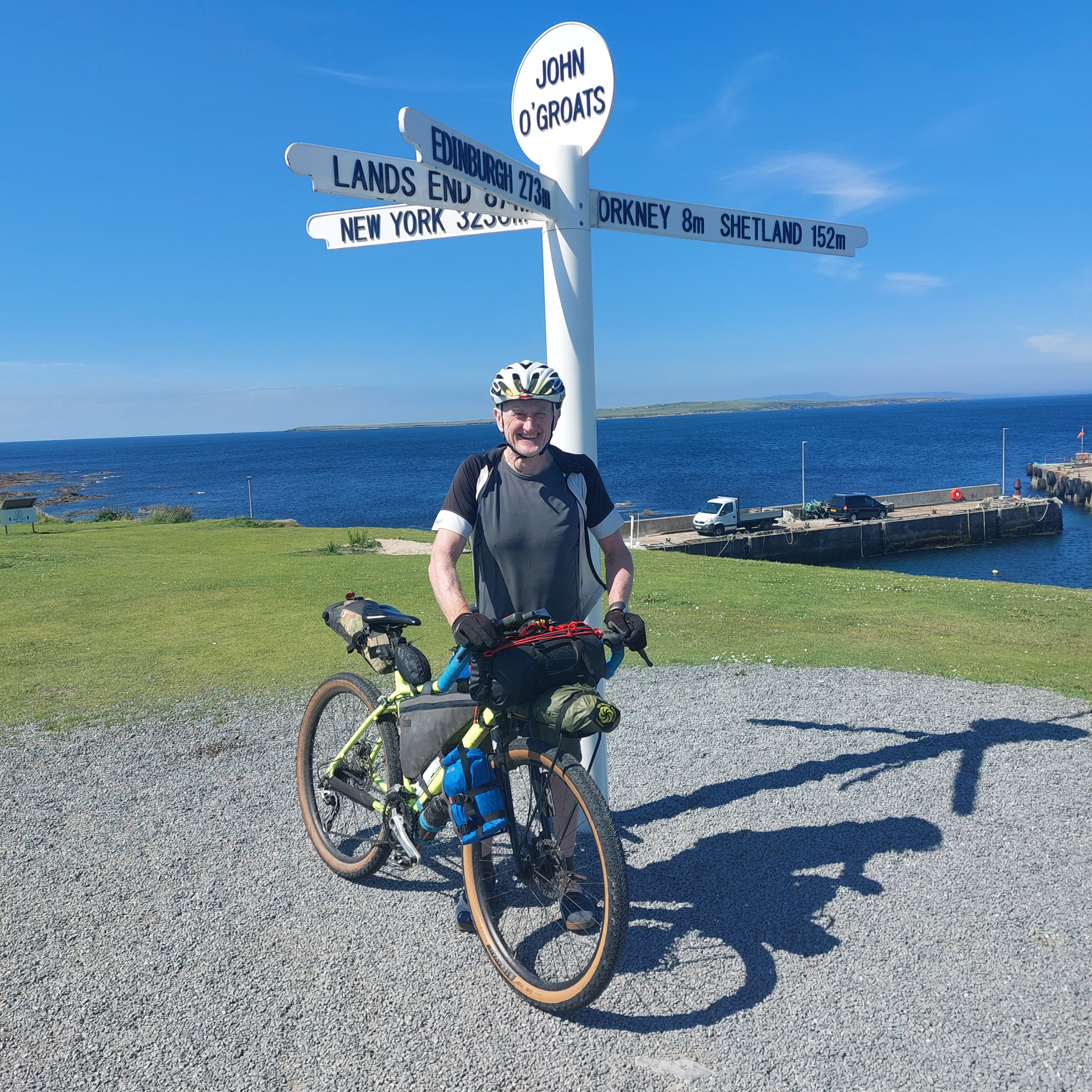
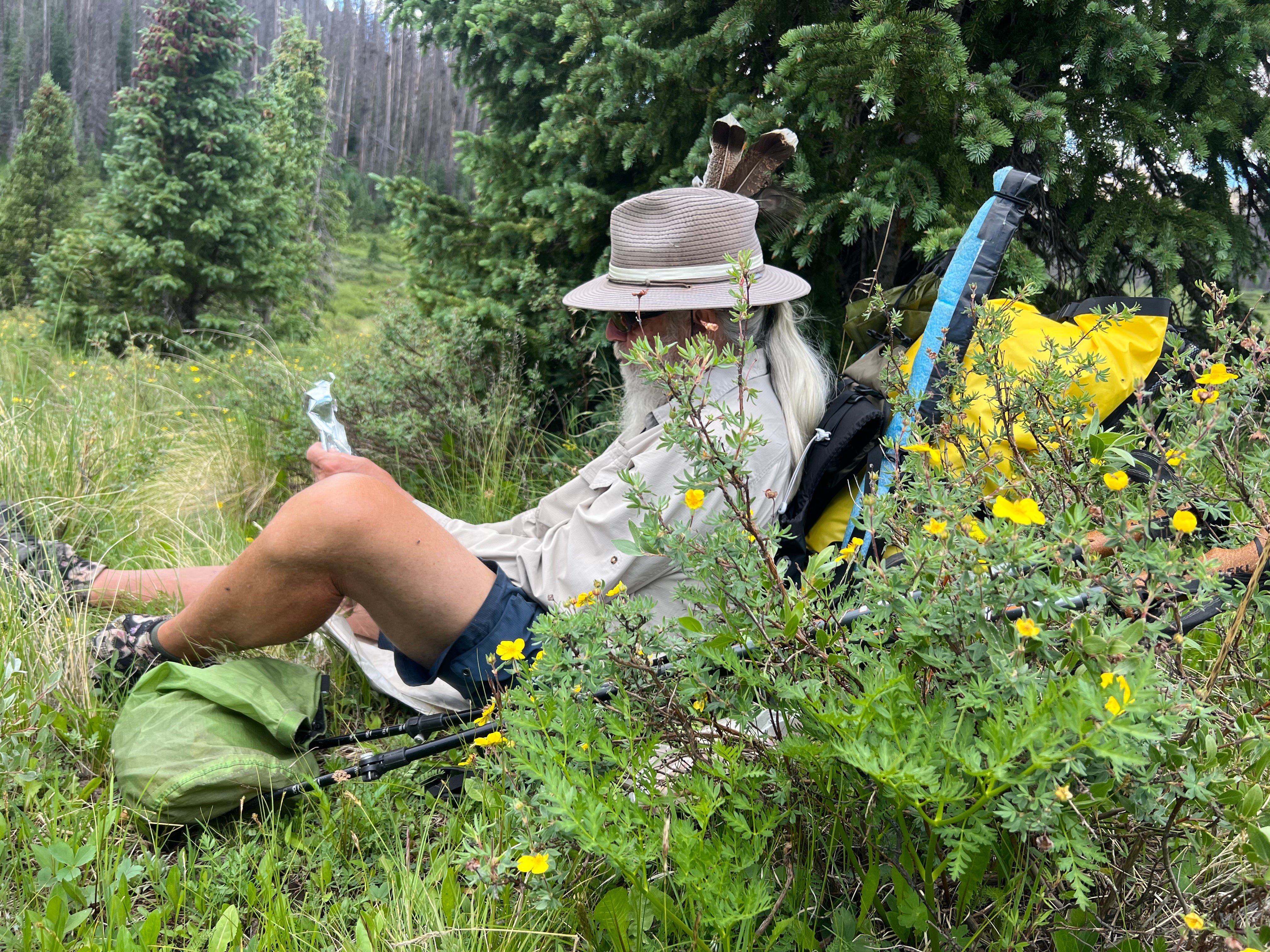
Leave a comment
This site is protected by hCaptcha and the hCaptcha Privacy Policy and Terms of Service apply.